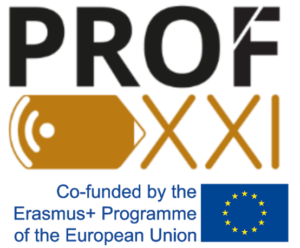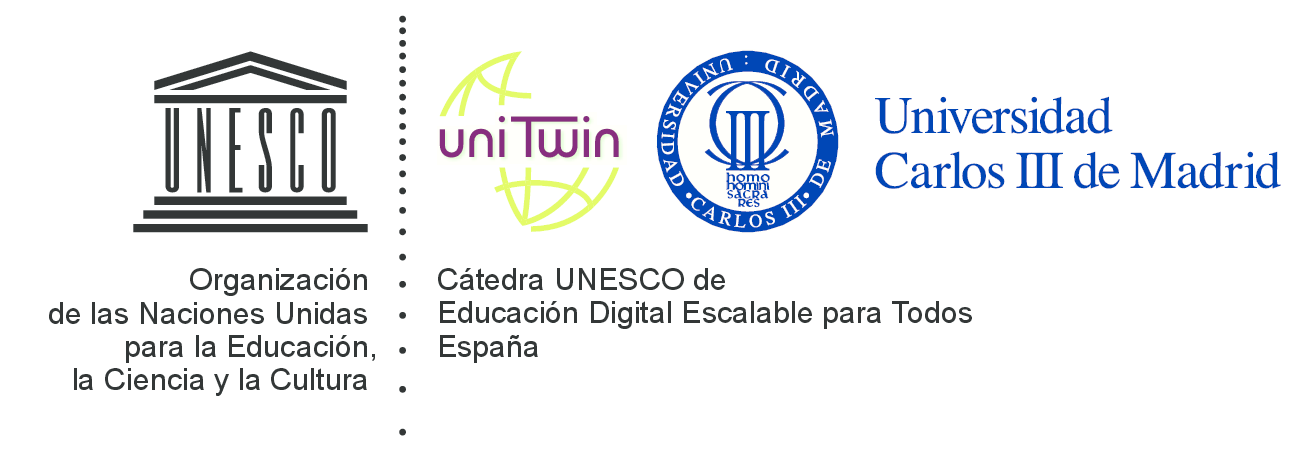El objetivo global del proyecto PROF-XXI es la Construcción de Capacidades para el Desarrollo de Centros de Enseñanza y Aprendizaje (CEAs) para las Instituciones Educativas Superiores (IES) de Latinoamérica en el Siglo XXI, particularmente en las 4 IES latinoamericanas que servirán de modelo (2 IES públicas y 2 IES privadas de distintos tamaños en Guatemala y Colombia).
The overall objective of the PROF-XXI project is the Capacity Building for the Development of Centers for Teaching and Learning (CTLs) at Higher Education Institutions (HEIs) in Latin America in the 21st century, particularly in the case of the four Latin American HEIs that will serve as models (2 public HEIs and 2 private HEIs of different sizes in Guatemala and Colombia).
During the project’s development in 2021, the installation and commencement of operations of the Teaching and Learning Centers took place in Latin American partner institutions of the PROF-XXI Project.
Teaching and Learning Center – Universidad Galileo
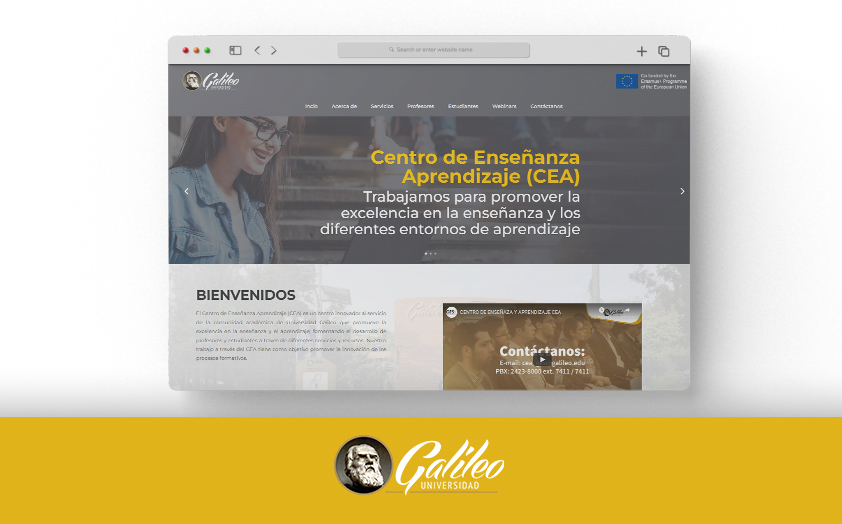
The Center for Teaching and Learning (CTL) at Universidad Galileo is an innovative center serving the academic community of Universidad Galileo. It promotes excellence in teaching and learning by fostering the development of both teachers and students through various services and resources. Our work through the CTL aims to promote the innovation of educational processes.
Teaching and Learning Center – Universidad San Buenaventura de Cali
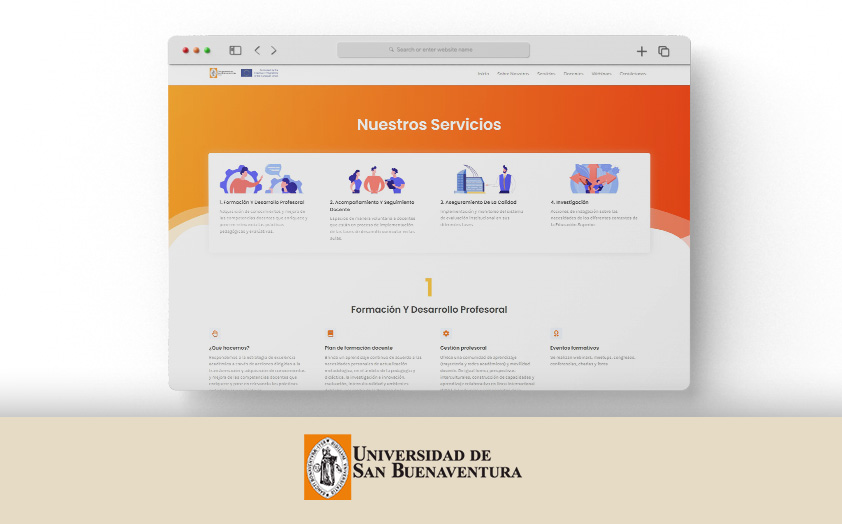
The Education Center at the University of San Buenaventura in Cali integrates, articulates, and energizes all institutional initiatives related to pedagogical innovation, curriculum, and academic management. It achieves this by strengthening educational practices and, as a result, the teaching and learning processes. This contributes to the development of individuals in higher education.
Additionally, the center leads four strategic lines through which it enhances the quality of education and promotes research into its own pedagogical, didactic, curricular, and evaluative practices. This aligns with the Bonaventurian Educational Project, institutional policies, and guidelines, as well as the establishment of participative academic communities.
Teaching and Learning Center Edumedia – Universidad de San Carlos de Guatemala
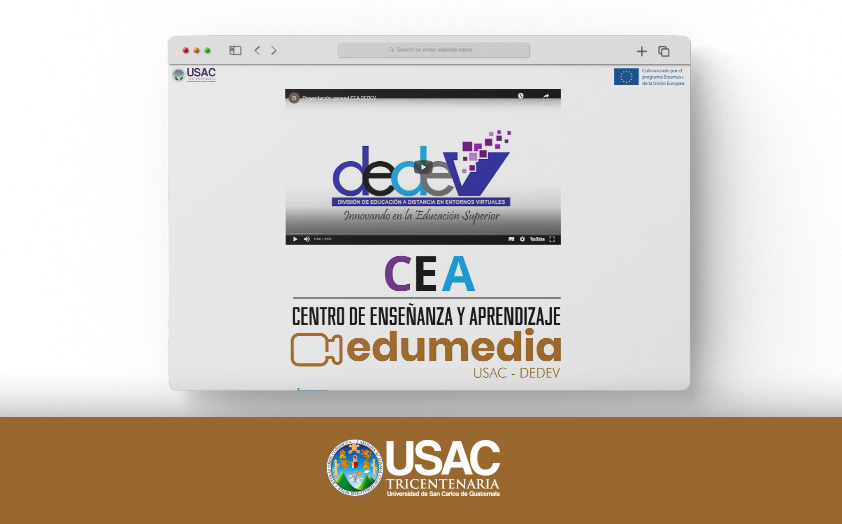
The Edumedia Teaching and Learning Center can provide guidance in designing and creating virtual or hybrid courses, programs, or curricula. Integrate technological resources into your teaching and redesign effective didactic resources and strategies in digital environments with an instructional design approach, through educational innovation projects for virtual settings.
Among the primary objectives of each of the Teaching and Learning Centers (CEAs) in each Higher Education Institution (IES), we can highlight:
- Ensure faculty development processes in spaces such as the Multimedia recording studio and labs for educational innovation.
- Formulate and create projects to strengthen science, technology, and educational innovation.
- Address the global training needs of teaching staff with the aim of improving educational quality.
- Provide various services, resources, innovative methodologies, and opportunities for comprehensive development in teaching and learning processes.
- Promote a culture of quality service and excellence in the teaching and learning process.
Teaching and Learning Center SINNEM- Universidad del Cauca
The SINNEM Teaching and Learning Center is a space created for the management of educational innovations in the context of higher education. It contains support materials, resources, and strategies for digital environments.
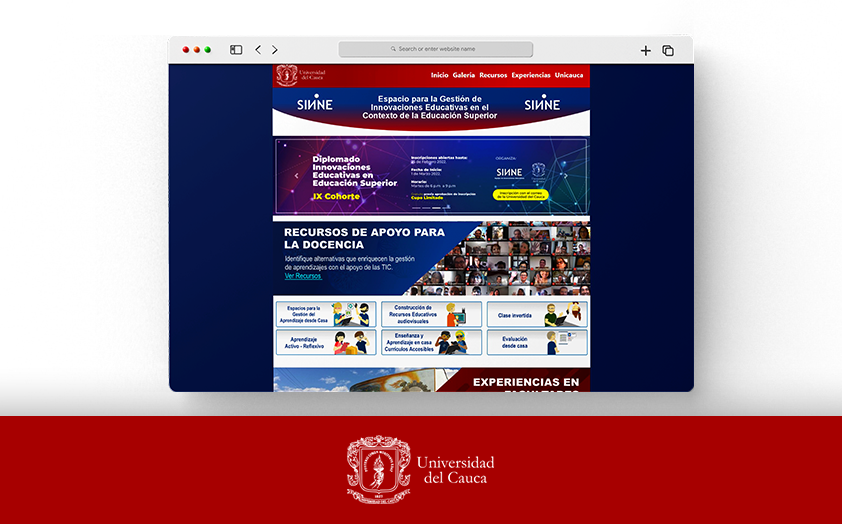
In this section, you can find resources to enhance the practice of teaching, facilitating increased interaction with students, both in synchronous, direct teaching spaces, and in asynchronous spaces that guide students’ independent work. Topics include:
- Spaces for Learning Management from Home.
- Active-Reflective Learning.
- Teaching and Learning from Home: Accessible Curricula.
- Flipped Classroom.
- Creation of Audiovisual Educational Resources.
- Assessment from Home.
Among the main objectives of each of the CEAs is to guarantee teacher training processes in spaces for educational innovation, the formulation of projects, and the strengthening of science and technology. Additionally, they aim to meet the global needs for improving educational and life quality.
We invite you to visit each of the CEAs and explore the work, resources, and support methodologies that each of the higher education institutions has implemented to enhance the skills of the entire educational community.


